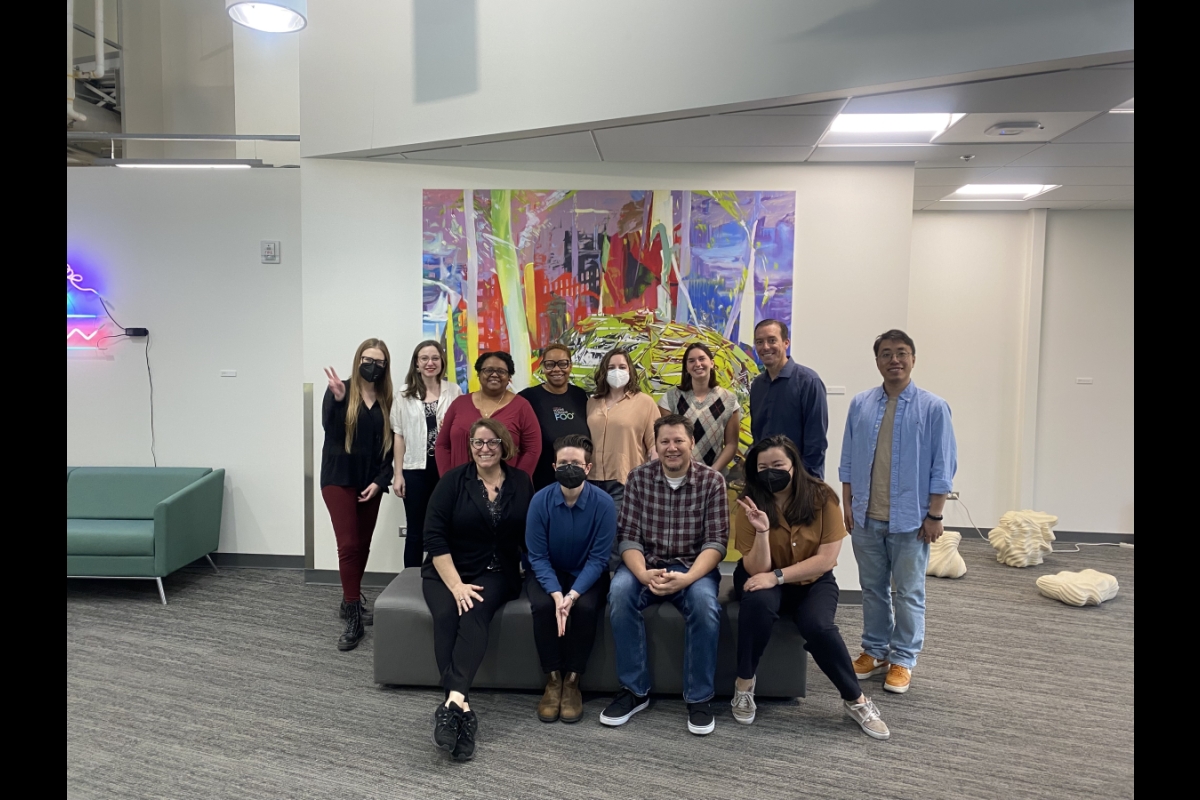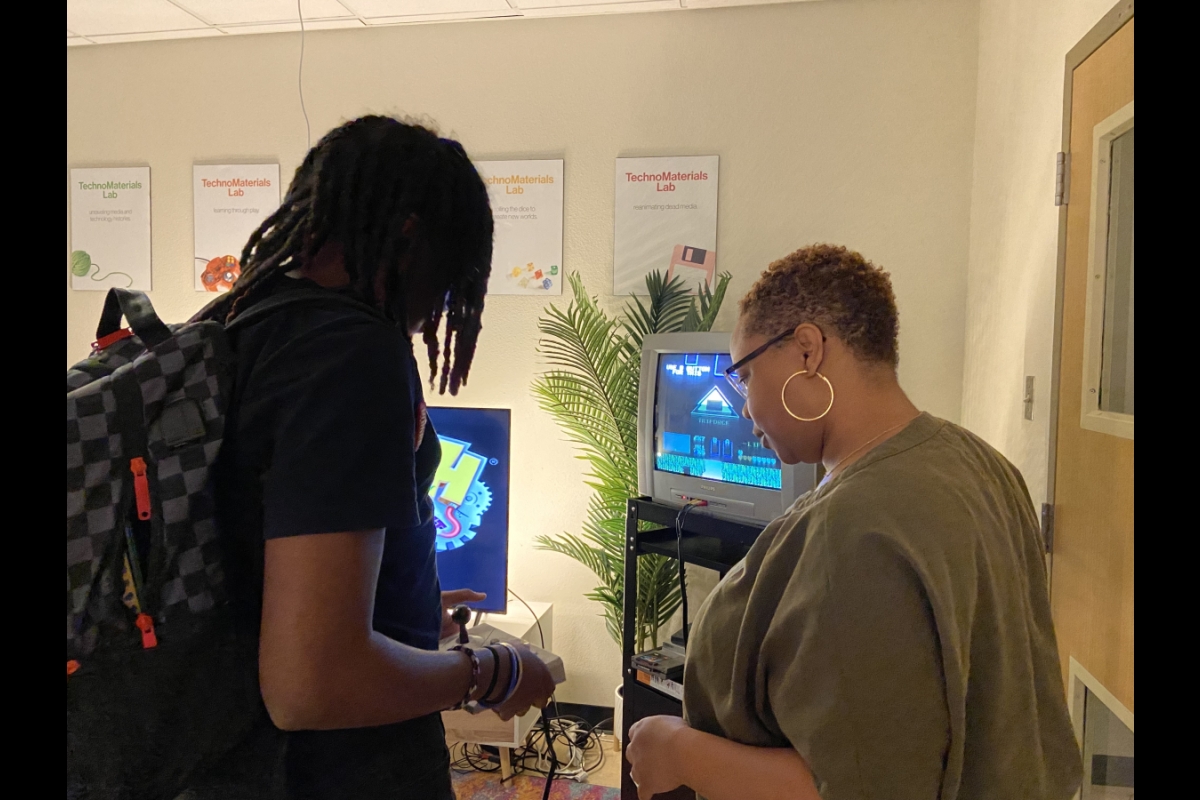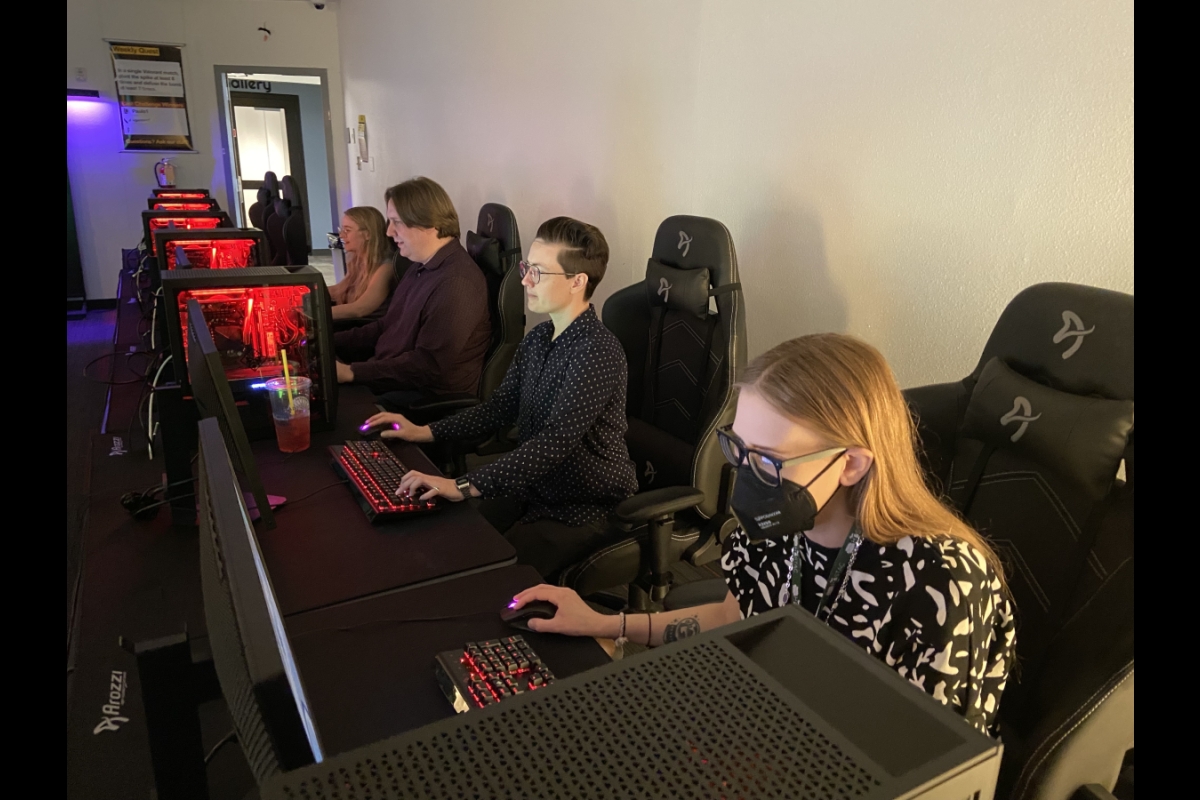Visiting scholar takes gaming to the next level
ASU alum and gaming scholar Kishonna L. Gray visits the Lincoln Center

Kishonna L. Gray, ASU alum and scholar of intersectional technology, joined ASU as the Lincoln Center for Applied Ethics 2024 Visiting Scholar. Courtesy photo
Gaming — whether it be a video game, a mobile app or even a board game with family — can be serious business, with complex impacts in the real world.
Arizona State University alum Kishonna L. Gray, who explores the effects of games and digital technologies on marginalized communities in her research, shared her expertise and perspective during a visit to Arizona State University this March as the 2024 Lincoln Center Visiting Scholar.
Gray earned her PhD in justice studies from ASU’s School of Social Transformation and is now an associate professor in writing, rhetoric and digital studies and Africana studies at the University of Kentucky, where her research centers on identity, embodied deviance — how people are marginalized for their deviance from social norms — video games and more.
During her visit to ASU, she engaged students and faculty alike to rethink their framework for game interactions and how these forms of play can have very real effects on historically marginalized groups.
Sarah Florini, interim director of ASU’s Lincoln Center for Applied Ethics, said of Gray, “She is a trailblazer whose work has been and continues to be field defining.”
The Lincoln Center hosts an annual series of events for its Visiting Scholar program, which includes a visit to ASU from a partnering outstanding scholar engaging in questions around ethics and humane interventions.
This year, Gray focused on the ethics of narratives in digital formats, their real-world implications and intersectional approaches to game design.
In one particular example, Gray’s work interrogates the impacts and predictions of gaming on the future of emerging technologies.
“I think ‘the metaverse’ is silly,” she said during her distinguished lecture at ASU’s Memorial Union. “Gaming has been doing ‘the metaverse,’ and people just need to pay attention to these intricate, immersive, interactive experiences.”
Gray also discussed the normalization of violence against Black and brown bodies in digital spaces and narratives.
“Media continues to be a site perpetuating necropolitical logics of Blackness, just as the patterns of continued anti-Blackness in the world manifest in digital spaces,” she said. “Just as the world is deadly, so is gaming — especially for its Black characters.”
Beyond representation within games themselves, Gray is thinking about how digital technologies extend into the physical world and our social interactions.
“These days, I focus on concepts of what is play, and who gets to play,” she said. “We also have to think about the conditions of play, what links the digital and the physical.”
In an example highlighting the mobile game Pokémon GO, Gray compared maps of historically Black neighborhoods in Chicago that correlated to a lack of hot spot activity within the augmented reality of the game. She also discussed the phenomenon of "Pokémon GO while Black," and the social pressures against Black youth that make an augmented reality game dangerous.
In addition to her lecture, Gray held a workshop in partnership with the Lincoln Center on intersectional design, in which participants reconstructed their framework for what constitutes gaming and play. Students, staff and faculty contemplated the role of play in community and collaborated on prompts for intersectional game design.
After a week of rigorous intellectual work, Gray led a group of staff, students and community members of mixed gaming experience — some had never touched a video game — through several rounds of Fortnite at ASU’s Esports Lounge, putting critical lessons of play and care into practice — like mutually agreeing to rules of engagement, having players demonstrate play for others and ensuring the space felt inclusive of players of all levels.
Players also toured the new TechnoMaterials Lab, directed by ASU’s Jaime Kirtz and DB Bauer, who participated in the week’s events. Together, attendees reflected on the history and influence of emerging tech in our lives.
Gray’s visit provided an opportunity for students to work with an ASU alum who is leading the charge in their field — and for her to return to the community where she started her pursuit of gaming studies.
“I'm really excited to be here,” Gray said. “This is like a homecoming.”
More Arts, humanities and education
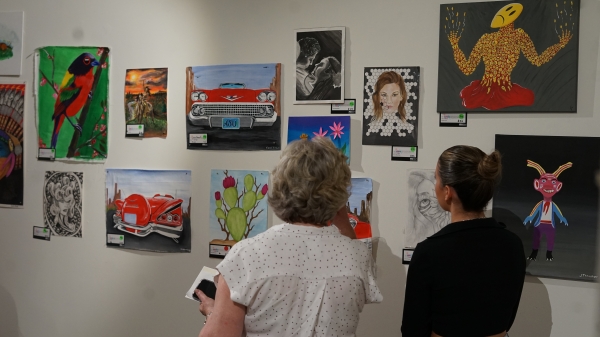
Student whose father experienced incarceration earns first-ever Center for Correctional Solutions Scholarship
A tradition since 2017, with a few years’ hiatus during the COVID-19 pandemic, the {INK}arcerated Prison Art Show has raised more than $23,000 for Arizona State University’s Center for Correctional…
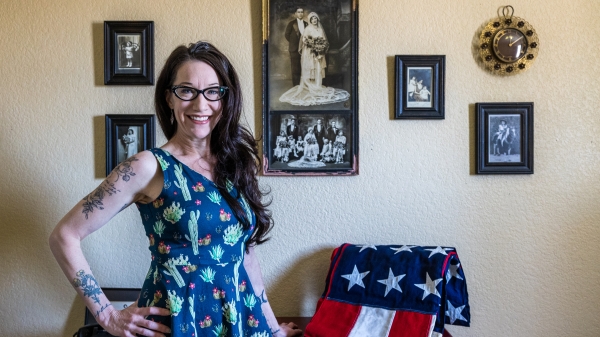
Giving poetic license to vets
When Rosemarie Dombrowski took over as editor of a new academic military journal, it seemed like a mismatch at first. Dombrowski is the inaugural poet laureate for Phoenix, an author and a teaching…
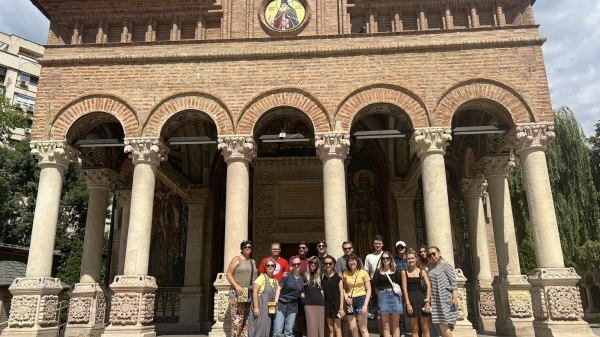
ASU Romanian program celebrates 25 years and international success
The Romanian program at Arizona State University’s School of International Letters and Cultures has plenty to boast about. It is the only program in the U.S. to offer a minor in Romanian studies; it…
